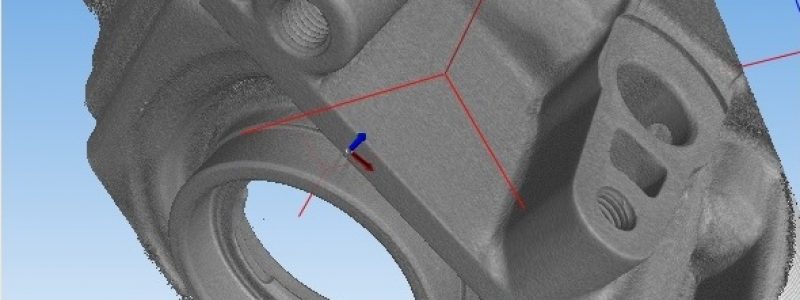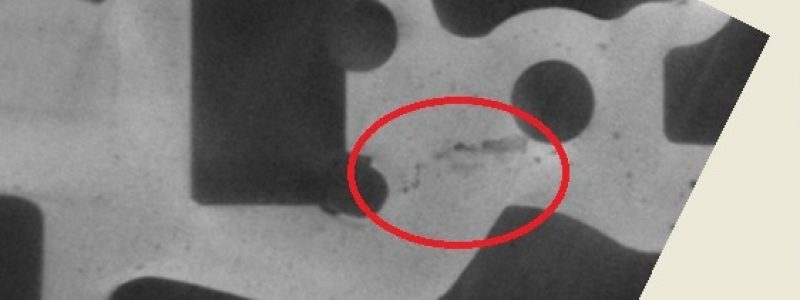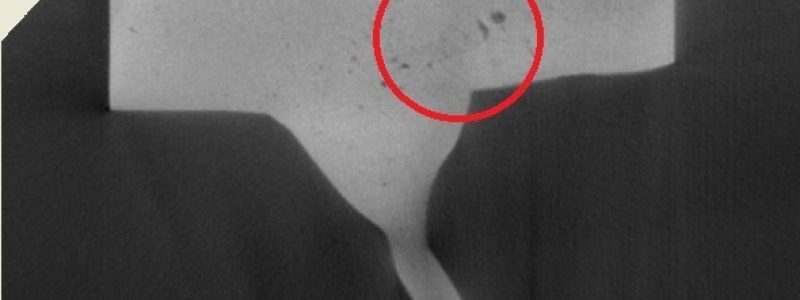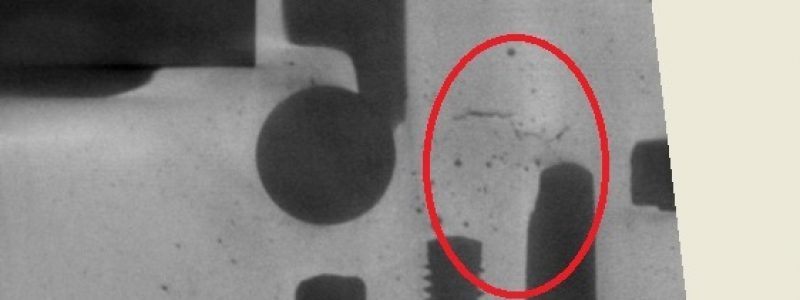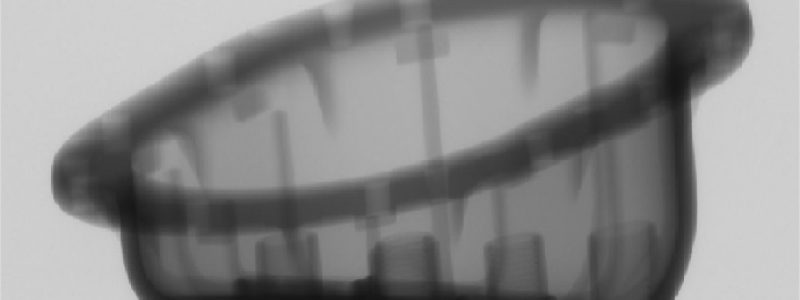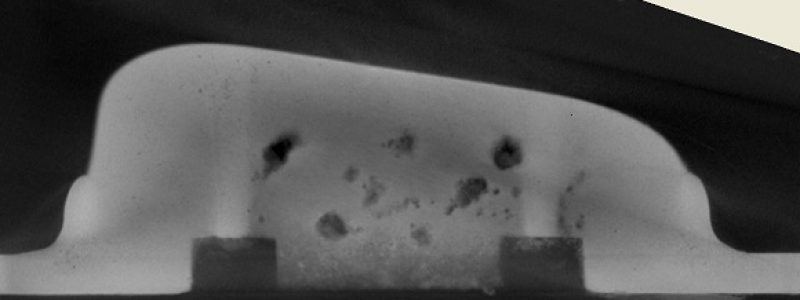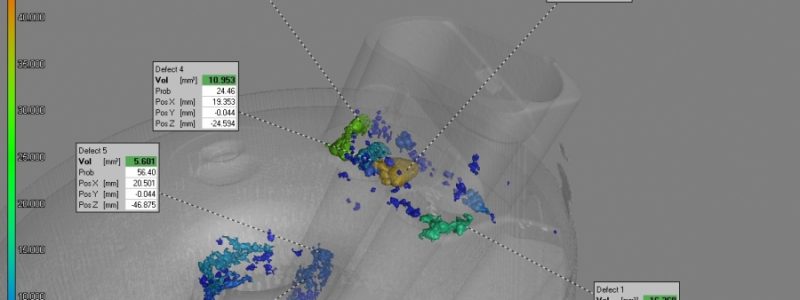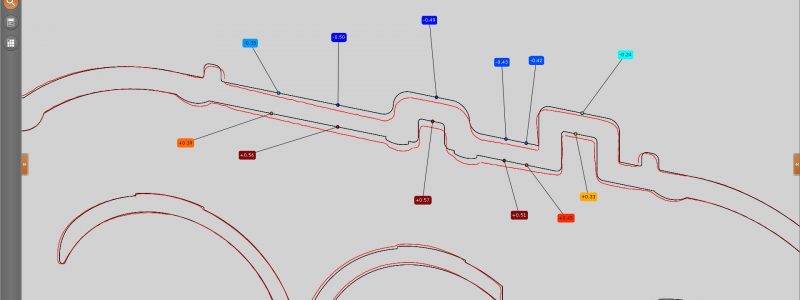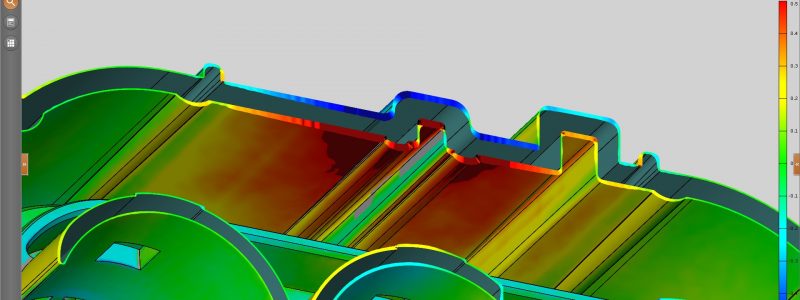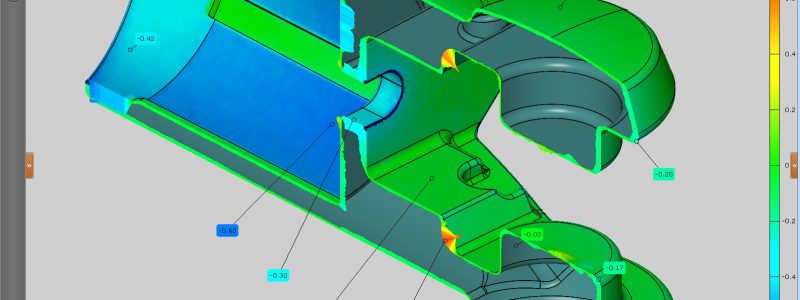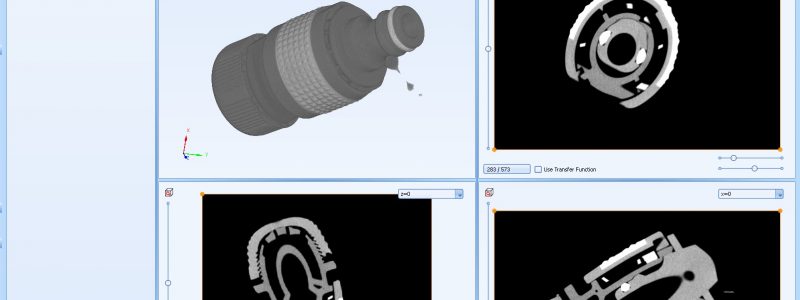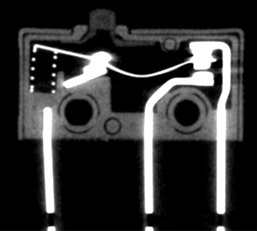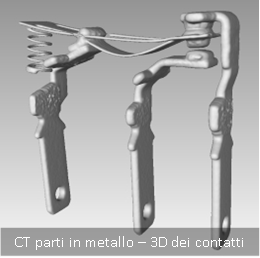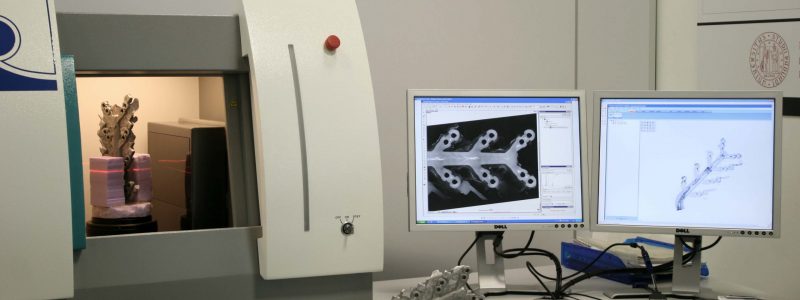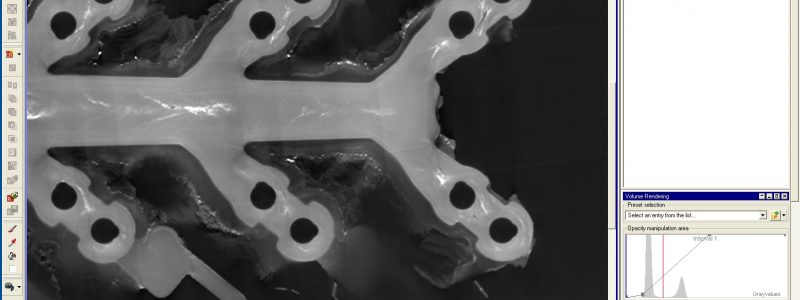Thickness analysis
In plastic structures, produced mainly by injection moulding, the stiffness of the finished component depends not only on the quantity of material used and its mechanical characteristics, but above all on the geometry of the component itself.
Nowadays, the effort to reduce weight, a major consideration in the automotive industry, has pushed designers to create geometrically complex structures that are packed with reinforcement ribs, thus allowing extremely rigid and, at the same time, very light components to be obtained. However, the drive to create ever thinner ribs brings with it some overly critical concerns:
- difficulty in filling, due to the high surface/mass ratio in thin-walled areas;
- very accentuated localised shrinkage during the component cooling phase, which may create aesthetic defects (suction) and, sometimes, breakages due to residual stresses;
- total deformation of the component due to a poor understanding of the phenomenon of shrinkage which occurs during solidification of complex and highly three-dimensional components (e.g. automotive headlights)
The drive to reduce thickness is ongoing. And industrial tomography represents an interesting technique to help achieve this goal.
At Unilab, we know how to apply tomographic techniques to study these aspects.



